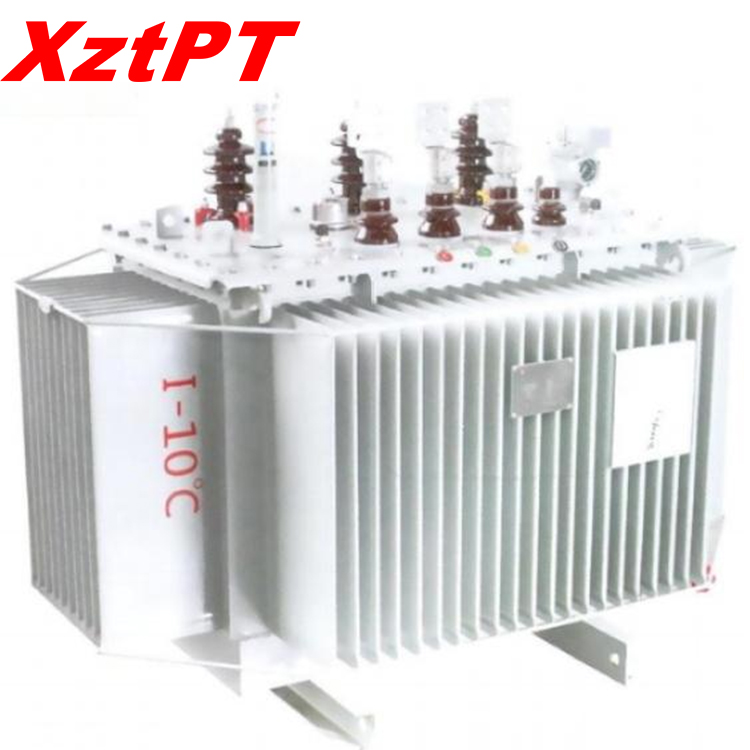English




1. Structural design
Dry type test transformer:
Using air or epoxy resin as insulation medium, without liquid filling, the winding is usually encapsulated in solid insulation material (such as epoxy resin) through vacuum casting process.
The shell is mostly an open or closed metal/non-metal structure, with no oil system inside.
Oil immersed test transformer:
Using insulating oil (mineral oil or silicone oil) as the main insulation and cooling medium, the winding is immersed in oil, and external components such as oil tank, oil pillow, and heat sink are equipped.
The structure is complex and requires sealing treatment to prevent oil leakage.
2. Insulation and heat dissipation methods
Dry type:
Insulation: relying on air or solid materials (epoxy resin) for insulation, with a high heat resistance level (such as F or H level).
Heat dissipation: Through natural air convection or forced air cooling (with the addition of fans), the heat dissipation efficiency is relatively low, and the capacity is generally small (≤ 2000kVA).
Oil immersed:
Insulation: Insulating oil has both insulation and heat dissipation functions, with better voltage resistance and suitable for higher voltage levels (such as 500kV and above).
Heat dissipation: Efficient heat dissipation through oil circulation (natural convection or oil pump) and heat dissipation fins, with a wide capacity range (up to tens of thousands of kVA).
3. Use environment and safety
Dry type:
Suitable for indoor, basement and other enclosed spaces, with good fire resistance (no risk of oil flammability), suitable for places with high environmental and safety requirements (such as hospitals, shopping malls).
The ability to prevent moisture and dust is weak, and it is necessary to avoid high humidity or environmental pollution.
Oil immersed:
Mostly used outdoors or in dedicated substations, it has strong weather resistance, but there is a risk of oil leakage and fire (oil is flammable).
Regularly check the oil level and quality to prevent insulation performance degradation caused by oil aging or moisture.
4. Maintenance and lifespan
Dry type:
Easy maintenance, no need to deal with oil leaks or change oil, easy to clean.
Epoxy resin encapsulation can resist chemical corrosion and has a long lifespan (20-30 years).
Oil immersed:
The maintenance is complex and requires regular inspection of oil quality, replacement of oil filters, and handling of oil leakage issues.
Aging or contamination of oil can shorten its lifespan (about 15-25 years), and waste oil needs to be treated environmentally.
5. Volume and weight
Dry type:
Compact size, light weight (30%~50% lighter than oil immersed type under the same capacity), easy to install and transport.
Oil immersed:
Due to the large volume and heavy weight of the fuel tank and heat dissipation structure, transportation and installation costs are relatively high.
6. Cost comparison
Dry type:
The initial cost is relatively high (with complex materials and processes), but the maintenance cost is low, and the comprehensive cost-effectiveness is suitable for long-term use.
Oil immersed:
The initial cost is relatively low, but it requires long-term investment in maintenance and oil treatment costs, and the overall cost may be higher.
7. Environmental friendliness
Dry type:
No oil pollution risk, meets green environmental protection requirements, and has a high proportion of recyclable materials after disposal.
Oil immersed:
Insulating oil may leak and contaminate soil or water sources, and waste oil needs to be professionally treated, which puts great pressure on environmental protection.
S13-M-30 Oil-Immersed Transformer
